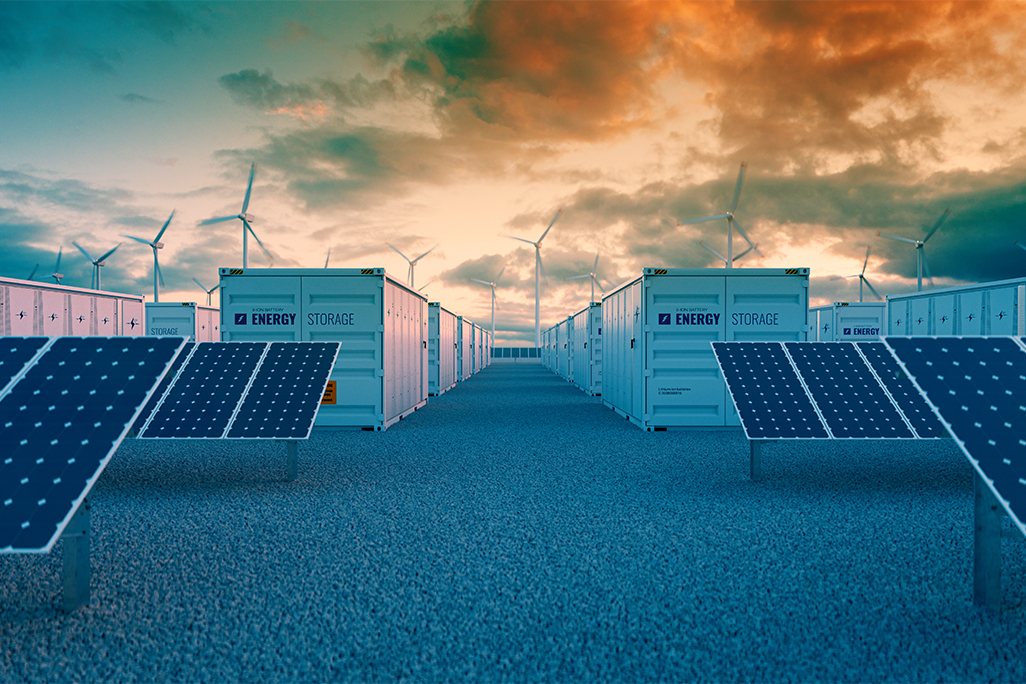Spain modifies scope of projects subject to environmental impact assessment
Published on 11th July 2023
First-time storage facilities and electrolysers now come under the Environmental Impact Assessment Law

The Royal Decree 445/2023, of 13 June, amending Annexes I, II and III of Law 21/2013, of 9 December, on environmental assessment (the "RD 445/2023"), has been published in the Official State Gazette on 14 June 2023.
The amendment complies with aspects of Directive 2011/92/EU of the European Parliament and of the Council of 13 December 2011 on the assessment of the effects of public and private projects on the environment, which, in the opinion of the European Commission, had yet to be transposed into Spanish law.
RD 445/2013 contains a single article, which is divided into three different sections. The first relates to amendments to Annex I on projects subject to ordinary environmental impact assessment. The second on Annex II is on projects subject to simplified environmental assessment. The third on Annex III is on the criteria for determining whether a project in Annex II is subject to ordinary or simplified environmental assessment and whether a project below the thresholds for simplified environmental assessment has to undergo this processing.
The most relevant aspects are the introduction of the procedure to which green hydrogen electrolysers and energy storage facilities must be subjected.
In addition, changes are introduced with regard to the environmental procedures to which photovoltaic plants, wind farms and evacuation lines are subject depending on the annex in which they are included according to their characteristics.
Annex I on ordinary environmental assessment
Projects subject to ordinary environmental impact assessment due to the application of Annex I of Law 21/2013 have undergone a range of specific modifications.
- All installations for the production of electricity from solar energy that occupy a surface area of more than 100 hectares and are not located on roofs and rooftops will be subject to ordinary environmental impact assessment. The requirement that the energy is destined for sale to the grid is therefore eliminated, so that the ordinary environmental impact assessment would also apply to those cases of self-consumption installations, or large-scale off-grid energy sales.
- For the first time, all standalone energy storage facilities with non-electrochemical technology are subject to ordinary environmental impact assessment.
- It also includes requirements that hydroelectric power generation facilities must meet in order to be subject to ordinary environmental impact assessment. These include affecting natural or heavily modified bodies of water through the capture or return of flows or interrupting the longitudinal continuity of watercourses, including reversible plants and the rehabilitation of old plants.
- In relation to projects to be developed in areas protected by the Natura 2000 Network. These include biosphere reserves, protected natural areas, wetlands of international importance (Ramsar sites), natural sites on the World Heritage List, areas or zones protected by the Conventions for the Protection of the Marine Environment of the North-East Atlantic, known as the OSPAR convention, or for the Protection of the Marine Environment and the Coastal Region of the Mediterranean, known as ZEPIM. The possibility is included that they may be exempted from undergoing ordinary environmental impact assessment if they are expressly permitted in the zoning and in the regulations governing the area in question. A report may be requested from the competent body of the area. Also, Council of Europe biogenetic reserves and geoparks are excluded from the list of protected areas for these purposes:
- For projects located in these protected areas, the requirement is eliminated that photovoltaic energy production facilities must sell to the grid and be located on rooftops in order to be subject to an ordinary environmental impact assessment.
- However, wind farms, irrespective of their power or number of wind turbines (previously they had to have more than 10 wind turbines or more than 6 MW of power) are subject to ordinary environmental impact assessment.
- Hydroelectric power production facilities are excluded.
Annex II on simplified environmental assessment
There are specific modifications for projects subject to simplified environmental impact assessment, in Annex II of Law 21/2013.
- With regard to industrial installations for the production of electricity, steam and hot water that are not included in Annex I, the requirement that they must have an installed capacity of 100 MW or more is removed, and the assessment is extended to all of them.
- Power lines not listed in Annex I – which despite having a voltage of less than 15 kV and a length of more than 3 km, including their associated substations, that comply with general criteria one or two (see below) – are included in the simplified environmental impact assessment, or do not include the preventive measures established in Royal Decree 1432/2008, of 29 August, establishing measures for the protection of avifauna against collision and electrocution on high-voltage power lines, or if they run less than 200 m from population or 100 m from isolated dwellings in some part of their route. The exception is maintained when they run entirely underground on developed land.
- The simplified environmental impact assessment is also introduced for the repowering of existing power transmission lines that comply with general criteria one and two.
- Turbines to be installed inside pre-existing pipelines or canals, which do not involve additional occupation of land or alterations to the flow or depth of the bodies of water that pipelines or canals are connected to, are exempt from hydroelectric power generation installations not covered by Annex I.
- Wind farms are included that are not included in Annex I and are intended for self-consumption of less than 100 kV total power. Transitional water energy production facilities are included.
- In relation to photovoltaic electricity production installations, the requirement that the energy must be sold to the grid is removed and the minimum surface area that must be occupied in order for the simplified environmental impact assessment to apply is modified from 10 hectares to 5 hectares, unless they meet general criteria one or two.
- Industrial installations for the production of electrolytic, photoelectric or photocatalytic hydrogen from renewable sources are included.
- In addition, standalone storage facilities using electrochemical batteries or any other technology in case they are hybridised with electric power facilities will be subject to a simplified environmental assessment for the first time.
Annex III is divided into two sections
- Section A includes the former content of Annex III and sets out the criteria under which projects included in annex two must be subject to ordinary rather than simplified environmental impact assessment.
- On the other hand, a new section B is included that regulates the general criteria to determine that a project below the thresholds of Annex II must follow a simplified environmental impact assessment. These criteria are: general criterion one projects located in certain protected areas; general criterion two projects overlapping with elements of green infrastructure declared for their role as ecological corridors or connectors or relevant areas for the protection of species; projects in the exploitation phase that take water from bodies of water and protected areas; and projects in the exploitation phase that discharge water and may cause diffuse or point source pollution including returns to certain bodies of water or protected areas.
If you would like to know more about the new regulatory, environmental and energy sector legislation and its possible implications, please do not hesitate to contact one of our experts listed below or your usual contact at Osborne Clarke.





